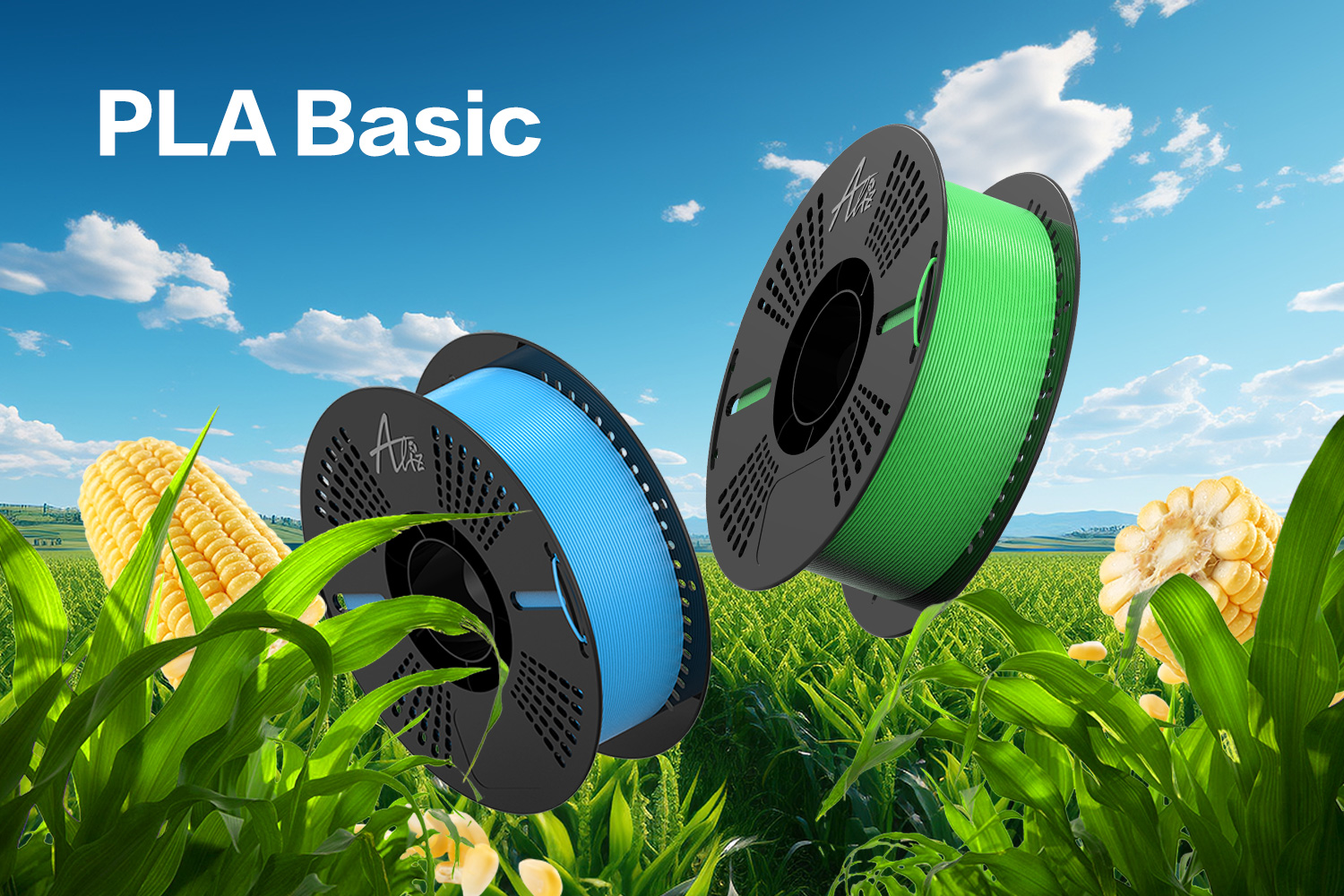When strength and durability are non - negotiable, our strong and durable PLA plus filament is the go - to choice for 3D printing projects in Europe and America. Building on the foundation of traditional PLA, PLA plus filament is enhanced with additives that significantly improve its mechanical properties.
This filament offers higher tensile strength, making it suitable for printing functional parts that need to withstand stress and pressure. Whether you're creating tools, mechanical components, or parts for DIY projects, the PLA plus filament ensures that your prints are robust and long - lasting. It also has better heat resistance compared to standard PLA, allowing it to maintain its shape and integrity in higher - temperature environments.
Despite its enhanced strength, the PLA plus filament remains highly printable. It has a similar melting point to regular PLA, so it can be used with most 3D printers without the need for major adjustments. The filament's smooth extrusion and good layer adhesion result in prints with excellent surface quality and structural integrity. With our strong and durable PLA plus filament, you can take your 3D printing projects to the next level of performance.























































